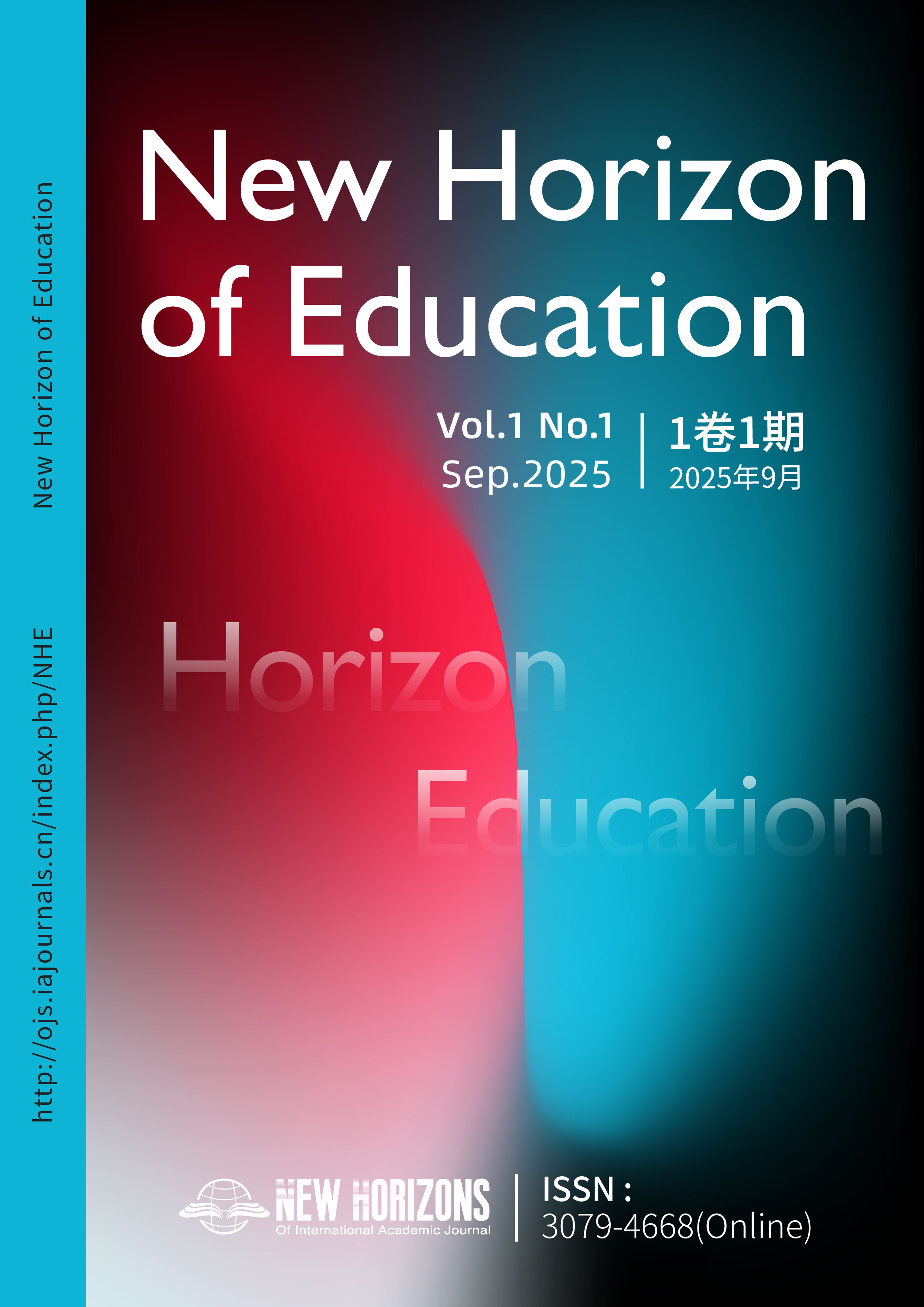Development of Academic Administration to Improve Quality of Learning for Dance Major of Sichuan Film and Television University, China
DOI:
https://doi.org/10.63944/ysz.NHEKeywords:
Academic Administration; Dance Major; Quality of LearningAbstract
The research objectives were 1) to study the problems and needs of academic administration to improve the quality of learning for dance major, and 2) to develop academic administration guideline to improve the quality of learning for dance major. The samples were 265 students and 32 teachers at Sichuan Film and Television University. The instrument used was 40-item, 5-point scale questionnaire validated by three experts (IOC: 0.67-1.00). The data were analyzed by quantitative methods using percentage, mean, and standard deviation, and presented through the results derived from these analyses.
The findings revealed that the highest student issues and needs were that the syllabus was outdated and did not reflect the latest dance developments (x=4.87, S.D.=0.37) and should be updated accordingly (x=4.81, S.D.=0.39); teachers reported similar concerns about the syllabus being outdated and ignoring current trends (x=4.88, S.D.=0.34) and the need for updates (x=4.84, S.D.=0.37), and The management policy for improving the quality of learning in the dance major should be the syllabus should be updated to reflect current developments in the art of dance. Dance training in the classroom should allow students to expresstheir individuality and provide personalized training programs. Teachers should provide sufficient individualized instruction and feedback to meet students' learning needs. Theories learned in the classroom should be closely related to practical application in dance creation. Textbooks and reference materials should be updated regularly to minimize reliance on outdated resources. Teachers should be aware of career development and employment trends in the dance industry to guide students' career planning.
References
[1] Zhang, W. (2025). On the Confidence Behind the Development of Chinese Ethnic Folk Dance. Shanhua, (21), 75-77.
[2] Li, X. (2025). Opportunities and Challenges of Dance Higher Education Reform from an Interdisciplinary Perspective. Contemporary Music, (01), 11- 14.
[3] Bai, S. and Ma, H. (2025). Cultivation and development of university dance professionals in the context of cross-disciplinary integration. Drama House (03), 127-129.
[4] Zhou, L. and yang, Y. (2025). Optimization of dance education in colleges and universities in the new media era. Art Education, (01), 185-188.
[5] Xie, B. (2021). Reform and Innovation Path of Dance Education in Colleges and Universities in the New Media Era. Art Review, (08), 102-104.
[6] Yang, L. (2018). Problems and Countermeasures of the curriculum of dance education in local colleges and universities. Sichuan Drama, (7), 4.
[7] Wang, G., and Li, X. (2017). A Survey on the quality of postgraduate education in Chinese dance. Journal of Beijing Dance Academy, (5), 14.
[8] Jin, J., & Zhu, Y. (2017). Discussion on basic Movement Training in Dance Courses -- Review of Dance Teaching Guidance for College Students. Journal of Chinese Education, (9), 38.
[9] Lin, X. and Wang, X. (2022). New research on the reform of national standard dance choreography program. Journal of Beijing Dance Academy, (04), 118-123.
[10] Xu, L. (2023). Exploration of development and innovation in Chinese dance education management. Shang Dance, (16), 96-98.
[11] Li, X. (2025). Opportunities and Challenges of Dance Higher Education 57 Reform from an Interdisciplinary Perspective. Contemporary Music, (01), 11- 14.
[12] Yamane, T. (1973). Statistics: An Introductory Analysis (3rd ed.). Harper and Row, 266.
[13] Cronbach, L. (1951). Coefficient alpha and the internal structure of tests. Psychometrika, 16(3), 297-334. DOI: https://doi.org/10.1007/BF02310555
[14] Srisa-ard, B. (2002). Basic Research. Bangkok: Suveeriyasarn. 103.
[15] Lin, X. (2022). Problems and Optimization Strategies of Intermediate Dance Teaching under the New Situation. Art Review, (04),145-148.
[16] Jiao, L. (2023). Research on the problems and countermeasures of dance teaching in higher vocational colleges and universities. Drama House, (32), 131-133.
[17] Zhang, T. (2017). Analysis of common problems and countermeasures in dance teaching. Drama House, (24), 204.
[18] Wu, J. (2024). Research on the problems and countermeasures of dance education and teaching reform in colleges and universities. Drama House, (28), 153-155.
[19] Song J. (2022). Exploring effective strategies for improving the quality of dance education in higher education institutions. Mass Arts, (15), 193-195.
[20] Liu, H., & Mo, L. (2023). Research on the teaching of undergraduate dance major courses based on the new syllabus reform. Industry and Technology Forum, (14), 148-149.
[21] Tian Y. (2022). Research on innovative methods of dance teaching in higher vocational colleges under big data thinking. Shang Dance, (09),112-114.
[22] Li, K. (2020). Research on reform and innovation of dance education in colleges and universities under the background of new media. Education and Teaching Forum, (11), 162-163.
[23] Jiang J. (2021). How to optimize dance education in colleges and universities under the background of education reform. Science Consulting (Science and Technology - Management), (01),145.
[24] Qiang Ma. (2025). Harnessing generative neural networks to fuse traditional Tujia Baishou dance with contemporary choreography: Enhancing creativity and aesthetic experience in dance students.Acta Psychologica, 258, 105178- 105178. DOI: https://doi.org/10.1016/j.actpsy.2025.105178
[25] Félix Arbinaga, María Isabel Mendoza Sierra& Gabriela Fernández Acosta.(2024). Index of healthy eating and emotional eating in relation to 58 psychological inflexibility in dance students. Humanities and Social Sciences Communications, 11(1), 146-146. DOI: https://doi.org/10.1057/s41599-024-02663-9
[26] Arbinaga Félix & BernalLópez Miriam. (2023). Pain Catastrophizing in Dance Students in Relation to Resilient Behavior and Self-Reported Injuries. Medical problems of performing artists, 38(2), 80-88. 59 DOI: https://doi.org/10.21091/mppa.2023.2010
Downloads
Published
Issue
Section
License
Copyright (c) 2025 New Horizon of Education

This work is licensed under a Creative Commons Attribution 4.0 International License.









